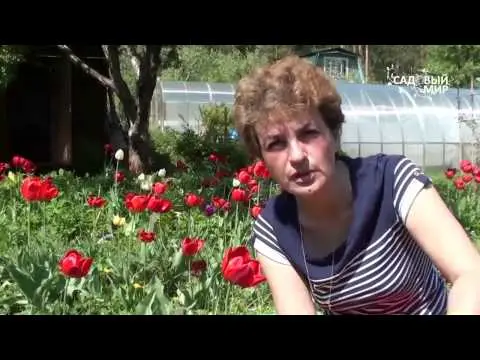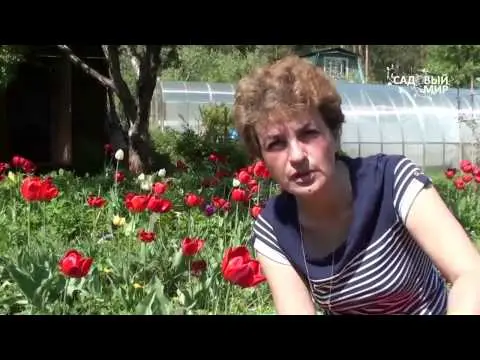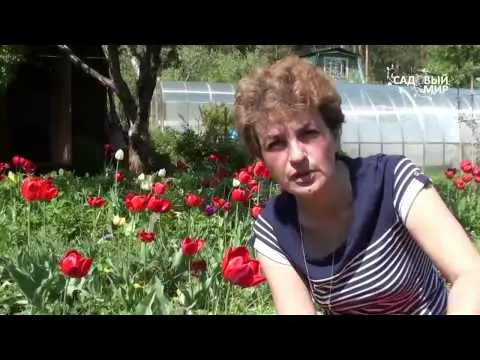Contents
Growing and planting zucchini, annual herbaceous plants of the gourd family, is probably one of the most straightforward activities in the garden. A variety of shapes, colors, sizes of vegetables will decorate not only the beds, but also your table. Zucchini in the garden love the light, warm weather, timely watering, as well as a large space for free growth. Like pumpkins, zucchini thrive in loamy soils, requires little to no thorough fertilization, and easily survives fruiting, producing plenty of seeds for the next year.
Preparing a place
Planting zucchini every year requires preliminary preparation of the site. The better you equip the beds, the less problems you will have with growing vegetables. So, you will need a well-lit open area where the wind does not rage. It is desirable that pumpkins or cucumbers do not grow in the chosen place last year, ideal predecessors would be: carrots, beets, onions, potatoes. The fact is that pumpkins and zucchini are susceptible to fungal diseases that take root in the soil and, when re-grown in the same place, actively progress and infect pumpkin plants. Therefore, every year you need to transplant pumpkin plants to a new place.
The soil should be prepared before planting. This is usually done in two stages every year: in autumn and spring. At the end of autumn, level the ground with a rake, dig. Right now it is better to add manure or compost with superphosphate and potassium to the soil. For fertilizer 1 sq. m. you will need 30 g of superphosphate, 15 g of potassium, 1 bucket of organic raw materials. In the spring, the procedure with soil fertilization is repeated: after loosening the soil, add 20 g of ammonium nitrate (per 1 sq. M.) to it.
It will also not be superfluous to use soil mixtures, for example, mix sand with peat. A good fertile cocktail is obtained by mixing sawdust, soddy soil, humus and peat, by itself it will provide zucchini and pumpkins with the necessary “credit of trust” for good growth.
Video “Tips for planting zucchini”
Demonstrative video with tips for planting zucchini.
Selection and preparation of seeds
Zucchini (like pumpkins) is conveniently propagated by seeds; moreover, the culture is replete with varieties, both early-ripening and late-ripening. You can choose for every taste. If you do not want to delve into the intricacies of selection, then you should opt for hybrid varieties that grow and reproduce well without too much attention from the gardener. You should not take seeds that are a year or two old for cultivation – they will give a large number of male flowers, but will be extremely poor in female inflorescences.

Of the early ripe varieties, they have proven themselves well: “White Swan”, “Anchor”, “Zebra”, “Kavili”, “Helena”. Mid-season lag behind in diversity, but pay for it with a stable harvest in July: “Pasta”, “Jade”, “Black Handsome”. Late-ripening Nut and Long-fruited varieties will give you a fresh harvest in the fall, just in time for the canning season. Among the hybrid varieties, self-pollinated “Belogor”, “Aeronavt”, “Black zucchini”, “White” are distinguished.
Having decided on the variety and seeds, proceed to the stage of preparing plant material for planting. Of course, you can do without preparation at your own peril and risk, but then the harvest will also be at risk – diseases and pests do not sleep! Seed pretreatment consists of three steps:
- Hardening against fungal infections. Place the seeds in water with a temperature of 45-50 ° C, leave them for 5 hours, and then put them in cold water for 3-4 minutes. Treat them with one of the fungicidal preparations, suitable – “Gamair”, “Alinir-B”, “Fitosporin-N”. The procedure should take place at room temperature for at least 8 hours. If you have a dislike for chemicals, you can use aloe and kalanchoe juices.

- Soaking seeds. Wrap the planting material in a damp cloth, leave it to lie until they swell or begin to hatch.
- General hardening. If your sprouts have already begun to hatch, then it is too late to harden them. But before the start of growth, you can place the seeds wrapped in a damp cloth in the refrigerator for 12-13 hours, and then leave them in a room with an air temperature of at least 18 ° C.
In this way, you can cook the seeds of not only zucchini, but also cucumber, pumpkin, squash.
Landing
The next stage is planting in open ground or boxes. It is important to understand how to plant zucchini correctly in order to get a healthy plant that will regularly bear fruit. The ideal time for planting zucchini in open ground is in late May or early June. The latest planting time is in July, but only early-ripening hybrid varieties are ready for this.

There are two ways to grow zucchini and pumpkins: seedlings (a more reliable option) and using seeds (a less reliable option). When choosing between them, pay attention to climatic, weather, soil conditions, and also think about how soon you want to get a crop. You will need a lot of space for planting seeds in open ground: there should be about 60-70 cm of distance between the holes. It is more convenient and practical to grow zucchini seedlings in cups or tubs.
Seedbed method
You can start growing seedlings from seeds at the end of April, so that by the beginning of June you will already have vigorous seedlings ready for transplanting. The optimal composition of the soil: peat, humus, sod land. You can not do without fertilizers, here you can use a mixture of 8 g of urea, 10 g of potassium, 15 g of superphosphate. It is better to ignite the soil in the oven, and also treat it with a solution of potassium permanganate for disinfection. After that, you can start planting seeds.

Each seed is laid flat in the soil to a depth of 2 cm. If planting in tubs or flower pots, keep at least 15-20 cm between seeds. It is much more convenient to grow in separate cups. After planting the seeds, cover them with a film to maintain a stable temperature up to 25 ° C. As soon as the first leaves hatch, you need to lower the temperature by 5-6 ° C.
Seedlings need a lot of light, so if you do not have a sunny side, then turn on fluorescent lights for 10-12 hours, otherwise the seedlings will grow frail. After 35-40 days, the seedlings will be ready to move to open ground, but to be sure, wait about 50 days for the plant to get stronger. Recall that the ideal planting time is in late May – early June, when the ground temperature is high enough and frost is not expected.
Care for courgettes
It is a pleasure to take care of zucchini, because apart from standard actions, you don’t really need to do anything. Every year you will repeat the same care procedures, over time without even thinking about what and why you are doing. Be sure to loosen the soil to ensure the permeability of moisture and heat, because zucchini is very thermophilic. Combine loosening with weeding the beds, as the proximity to the weed will harm the vegetable, taking nutrients from the soil.

Zucchini love plentiful, but rare watering. About 10 liters of cool, but not cold, water should be poured into open ground once every 8-10 days. At the end of June and in July, watering can be a little more frequent so that the plant receives enough moisture to gain green mass. However, do not flood zucchini – this will lead to rotting of the roots, and also awaken fungal diseases such as powdery mildew and root rot.
Fertilize zucchini should be 2-3 times a year, adding mullein solution, yeast solution or mineral fertilizers to the soil. The first application should be in early June, the second – in July. It is especially worth paying attention to plants during flowering and, subsequently, during fruiting. Also, do not forget to treat plantings with fungicides or iodine solution for preventive purposes, so as not to give diseases a chance. The pollination technique, if your plant has problems with insect access (for example, in a greenhouse), is the same as for pumpkins or cucumbers: you should gently shake off the pollen, trying to get it on the female inflorescences.
Video “How to plant zucchini yourself”
Demonstrative video with recommendations and examples that will help you easily plant a plant.










